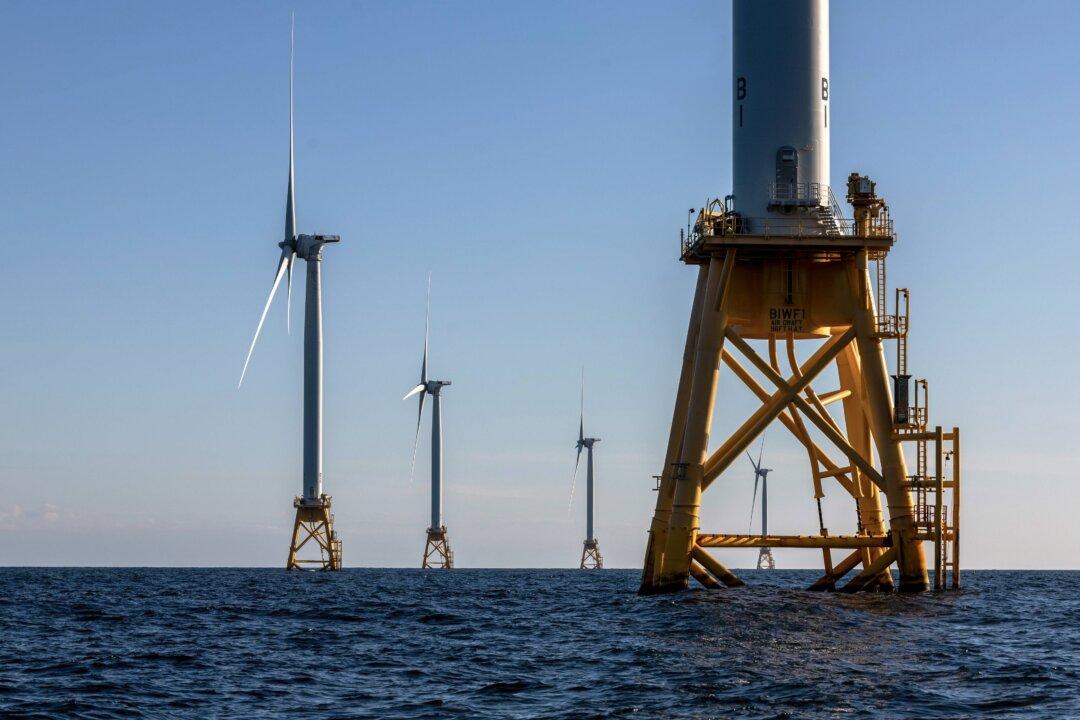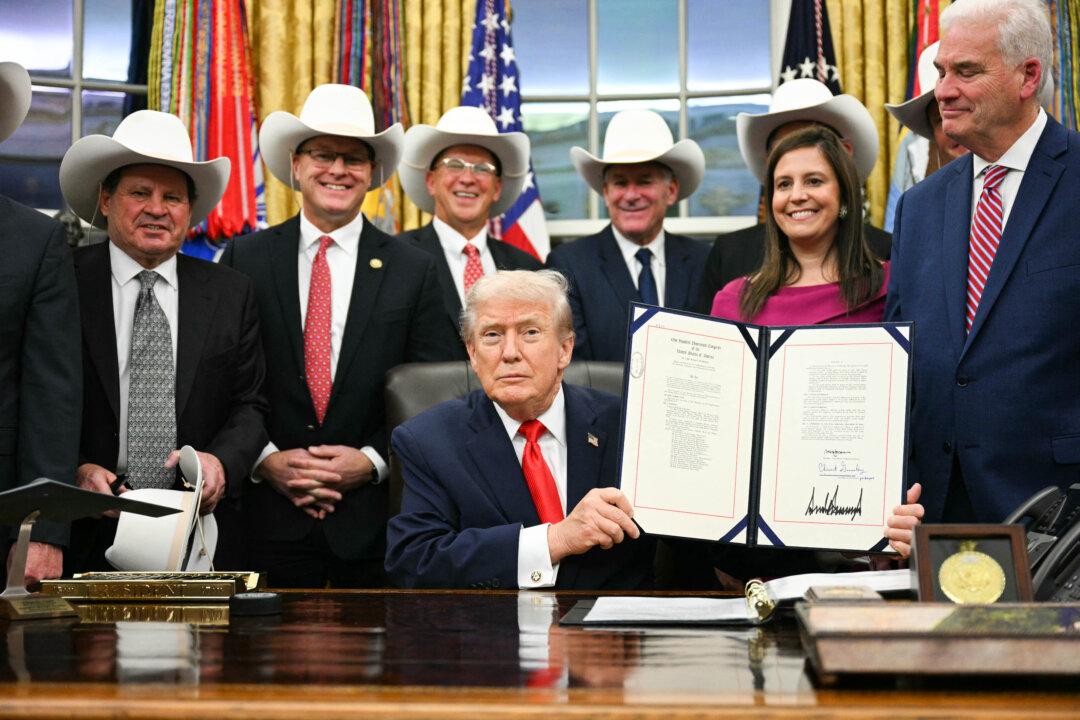SACRAMENTO—Representatives from ports across California are joining with lawmakers and business groups to request a $1 billion bond package to facilitate development of ports and related infrastructure to help achieve the state’s offshore wind goals.
The bond proposal is encompassed in Assembly Bill 2208, introduced by a cohort of Democratic Assemblymembers, including Rick Chavez Zbur, Dr. Jim Wood, and Josh Lowenthal.





